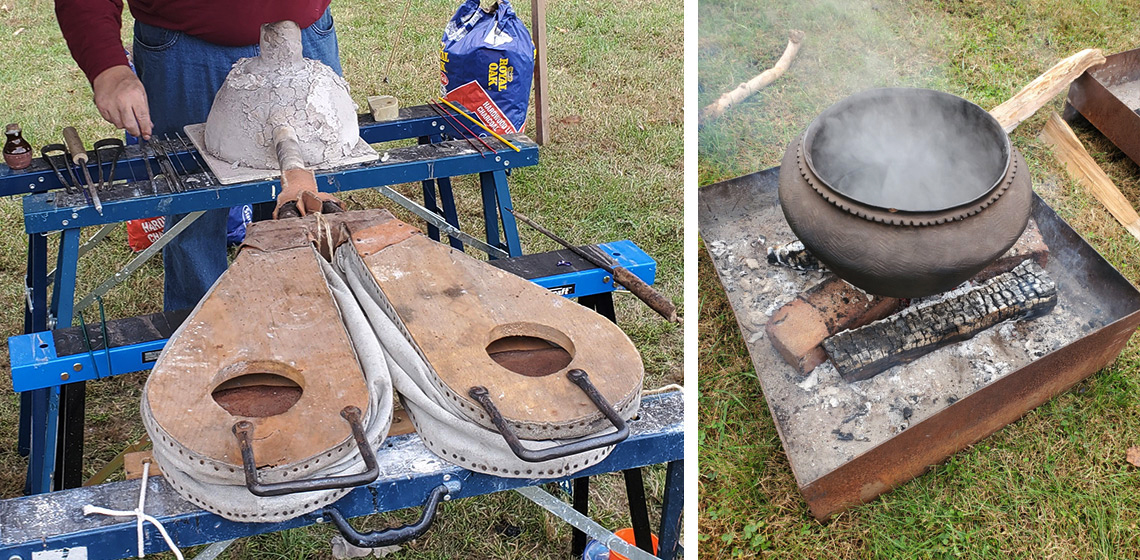
The 9th annual Reconstructive and Experimental Archaeology Conference, hosted by the Center for Historic Preservation at the University of Mary Washington and George Washington’s Ferry Farm in Fredericksburg, Virginia, took place between October 25th and 26th. The 25th saw thirteen papers presented on a variety of topics, while demonstrations of some of the experiments took place on the 26th.
The conference was host to a number of researchers and students from across the continent (and the Atlantic) with papers covering topics from replicating ancient food production, evidence of early dentistry, atlatl dart velocity, bringing archaeology into the future through vlogging and 3D printing, and assisting with the accessibility of this knowledge.
The keynote lecture this year, Ancient Brews Rediscovered and Re-Created, was presented by Patrick McGovern, the Scientific Director of the Biomolecular Archaeology Project for Cuisine, Fermented Beverages, and Health at the University of Pennsylvania Museum. The paper, pulling from his book of the same name, covered his research into the different fermented beverages of cultures long past. Dr McGovern spoke about his experiences in analyzing ancient vessels from archaeological sites to determine what they contained, and if those substances could be accurately recreated. He talked about the long history of our ancestors’, and other animals’, use of fermented drinks and foods. For example monkeys and birds seeking out rotten fruit for its alcoholic content. He explained his partnership with Dogfish Head Brewery where he worked with brewers to recreate the beverages that he was studying.
Day two of the conference offered up an opportunity for the public to experience what is at the core of experimental archaeology and to see some of experiments put into action. The demonstrations were held at George Washington’s childhood home of Ferry Farm. The native Patawomeck Nation was present to give an example of indigenous skills and lifeways, and other demonstrations included bronze casting, Viking age glass beads, bow drill fires, flint knapping, the nixtamalization of corn kernels, and an atlatl competition.
Neil Peterson led many of us students in an interactive lesson of melting and forming glass beads over a small furnace. I felt lucky to be one of the few students who got to assist Fergus Milton with his bronze casting, spending nearly an hour and a half working the primitive bellows he had made in order to produce a small bronze axe head.
Tim Messner’s bow drills and Nate Salzman’s flintknapping stations brought quite the crowds of event goers, and I think everyone had great fun throwing atlatl darts. Being able to get hands on with technology that has been in use for thousands of years is truly wonderful.
I was one of the students participating in the demonstration of nixtamalization with Jane Eastman, and it was genuinely a very unique and incredible experience to be able to show and talk about the research that my class and I had poured days of our time into. I think it is very valuable that REARC is welcoming of undergraduate research and I hope I have many more experiences with the wonderful people I met and interacted with.